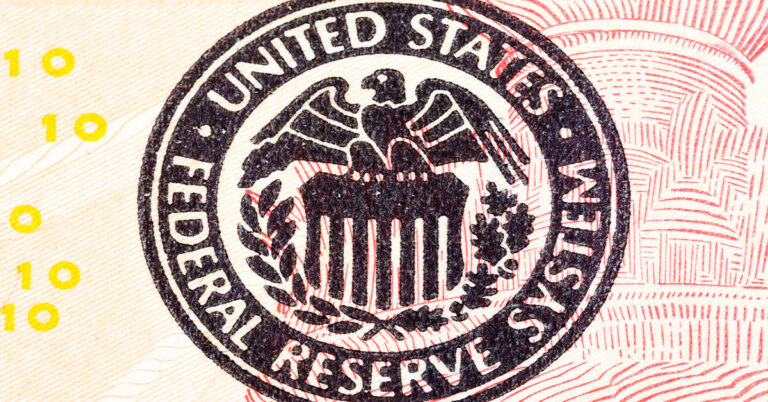A GOP member of Congress has introduced a bill that would create a formal process for President Donald Trump to remove Federal Reserve Chairman Jerome Powell from office.
The legislation proposed by Rep. Buddy Carter, R-Ga., would amend the Federal Reserve Act to establish parameters giving the president legal authority to remove the Fed chair if the federal funds rate deviates from certain benchmarks.
Carter’s bill is called the Timely Oversight of Operations, Liquidity, Accountability, Targeting, and Effectiveness Act, or the TOO LATE Act for short. That’s a play on Trump’s often-used nickname for Powell, reflecting the president’s belief that the central bank chief should have cut interest rates multiple times this year.
“Federal Reserve Chair Jerome Powell needs to go, and the President should have the power to make that decision without question,” Carter said in a statement provided to Scotsman Guide. “Powell has been too late to cut rates, and it is directly harming the American people.”
Carter added: “With this bill, we will restore proper oversight of the Federal Reserve and give the president another tool in his toolchest to strengthen and grow the economy.”
A spokesperson for the Federal Reserve declined to comment.
Get these articles in your inbox
Sign up for our daily newsletter
Get these articles in your inbox
Sign up for our daily newsletter
The proposed procedures for removing a Fed chair are highly technical and hinge on economic data. Specifically, grounds for removal would be if, for two consecutive quarters, the upper bound of the federal funds rate target range deviates by more than 200 basis points from the average generated by any two of the following benchmarks during those quarters:
- The Implicit Price Deflator for Personal Consumption Expenditures, better known as the PCE price index
- The difference between the yield of a 5-year Treasury bond and the yield of a 5-year Treasury inflation-protected security
- The difference between estimates of unemployment of the Federal Reserve Board relative to the projections of the Congressional Budget Office
Should those conditions be met, the president could submit a statement to Congress providing justification for the Fed chair’s removal. House and Senate committees would then have 30 days to hold hearings analyzing the president’s reasoning.
Trump had previously mused about firing Powell, though he later walked back those social media comments amid skepticism among legal experts that the president has that blanket authority.
On Tuesday, Trump wrote that he is “considering allowing a major lawsuit against Powell to proceed because of the horrible, and grossly incompetent, job he has done in managing the construction of the Fed Buildings,” referring to the Fed’s $2.5 billion renovation of its headquarters in Washington, D.C.
Based on Powell’s prominent role in setting U.S. monetary policy, a lawsuit based on his alleged mismanagement of the renovation project would almost certainly face escalating legal challenges and eventually fall in the Supreme Court’s lap.
Carter’s bill lays out an alternative legislative path allowing the president to remove a Fed chair for strictly monetary policy reasons.




















































